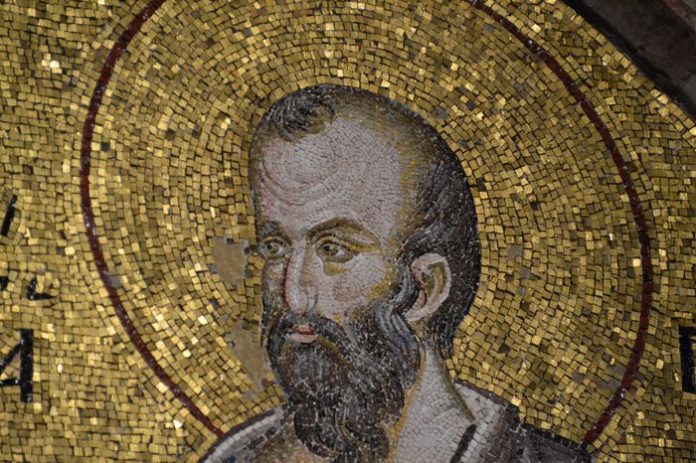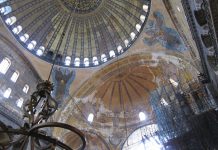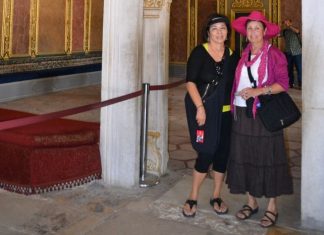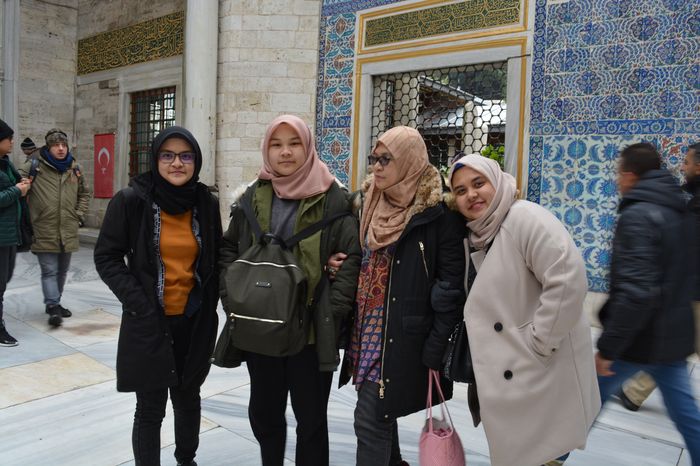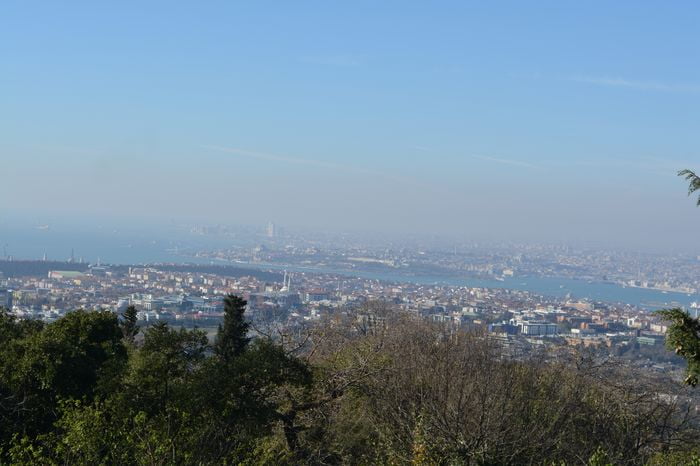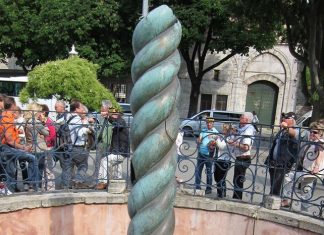The Grand Bazaar A Legacy of Commerce
Commissioned by Sultan Mehmet the Conqueror, the Grand Bazaar complex was envisioned to generate revenue for the Hagia Sophia, which was converted into a mosque. Over the centuries, the bazaar has undergone numerous renovations due to earthquakes and fires, yet it remains an iconic symbol of Istanbul’s commercial heritage. Covering an impressive 47,000 square meters, the Grand Bazaar boasts an array of amenities, including restaurants, shops, rooms, cabinets, treasuries, mosques, and more, making it a vibrant hub of activity.
The Sandal and Cevahir Markets Pioneers of the Bazaar
The Sandal and Cevahir Markets stand as the oldest structures within the Grand Bazaar. While the Byzantine eagle relief adorning one of the doors at the Cevahir Market hints at a Byzantine origin, historians speculate that construction likely began during the Ottoman era. The presence of a stone from the Byzantine era incorporated into the building supports this theory. Designed as closed structures with secure doors, these markets were favored by merchants dealing in valuable commodities. The streets within the bazaar were organized according to guilds, a layout that still influences the street names today Tours Bulgaria Beglik Tash.
Kurukahveci Han A Blend of Architecture and Commerce
Nestled in Eminönü at Tahmis Sokak No: 36, Kurukahveci Han stands as a testament to Istanbul’s architectural diversity. Constructed in 1912 by Ihsan Kurukahveci, this four-story building boasts intricate decorative elements reflecting Baroque, Renaissance, Classical, and Art Nouveau styles. Its courtyard, adorned with stone and ceramic tiles, adds to its charm. Today, the ground and first floors house a variety of glass and ceramic shops, while storage spaces occupy the upper levels. Notably, Kurukahveci Ihsan Efendi is the largest shop on the street level, attracting visitors with its unique offerings Exploring Beyazit Square A Hub of History and Culture.
As the beating heart of Istanbul’s commercial scene, the Grand Bazaar and its surrounding structures stand as living monuments to the city’s rich history and vibrant culture. From its humble beginnings to its present-day splendor, each corner of the bazaar tells a story of trade, tradition, and resilience, inviting visitors to immerse themselves in the bustling atmosphere of this iconic marketplace.
